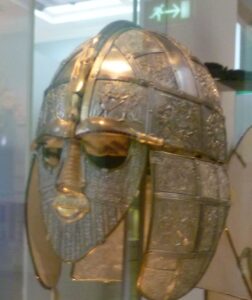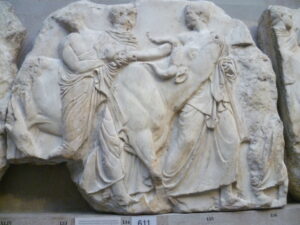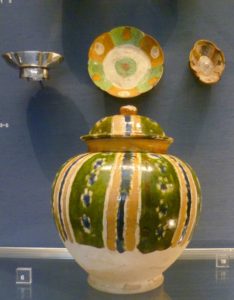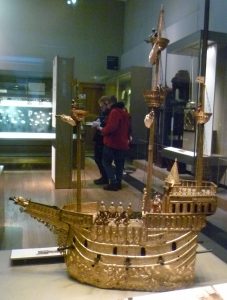On a cold winter’s day, 29th December, 1170, three knights: Reginald Fitzurse, William de Tracy and Hugh de Morville arrived at Canterbury Cathedral. They were King Henry II’s loyal men and, time and again, they had heard him fume against the Archbishop Thomas Becket’s wilful refusal to obey him and side with the church instead. They vowed to ride to Canterbury Cathedral, capture Becket, and drag him back to face the King, so that the long and bitter quarrel between them could finally be settled.
They did not, at this point, mean to murder Thomas.
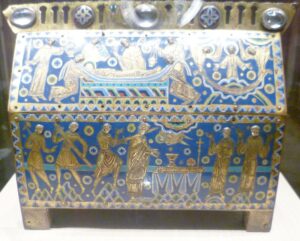
A reliquary casket showing the martyrdom of Thomas Becket. At the bottom, three knights, swords raised, are about to attack Thomas who stands in front of the altar. Two monks on the right raise their hands in horror
Continue reading St Thomas Becket: Murder in the Cathedral
Please share this page...
